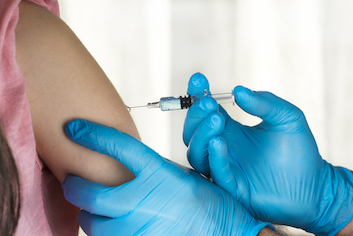Methods
We used a self-controlled case series design, an extension of retrospective cohort methodology which controls for fixed confounders using a conditional Poisson modeling approach. We compared a risk period immediately following vaccination to a control period farther removed from vaccination in each child and estimated the relative incidence of emergency room visits and/or hospital admissions following the 2-, 4-, 6-, and 12-month vaccinations to investigate the effect of sex on relative incidence. All infants born in Ontario, Canada between April 1, 2002 and March 31, 2009 were eligible for study inclusion.
Results
In analyses combining immunizations at 2, 4 and 6 months and examining these vaccinations separately, there was no significant relationship between the relative incidence of an event and sex of the child. At 12 months, we observed a significant effect of sex, with female sex being associated with a significantly higher relative incidence of events (P = 0.0027). The relative incidence ratio (95% CI) comparing females to males following the 12-month vaccination was 1.08 (1.03 to 1.14), which translates to 192 excess events per 100,000 females vaccinated compared to the number of events that would have occurred in 100,000 males vaccinated.
Conclusions
As the MMR vaccine is given at 12 months of age in Ontario, our findings suggest that girls may have an increased reactogenicity to the MMR vaccine which may be indicative of general sex differences in the responses to the measles virus.
Source: Vaccine, Volume 32, issue 10, 26 February 2014, pages 1153-1159.


